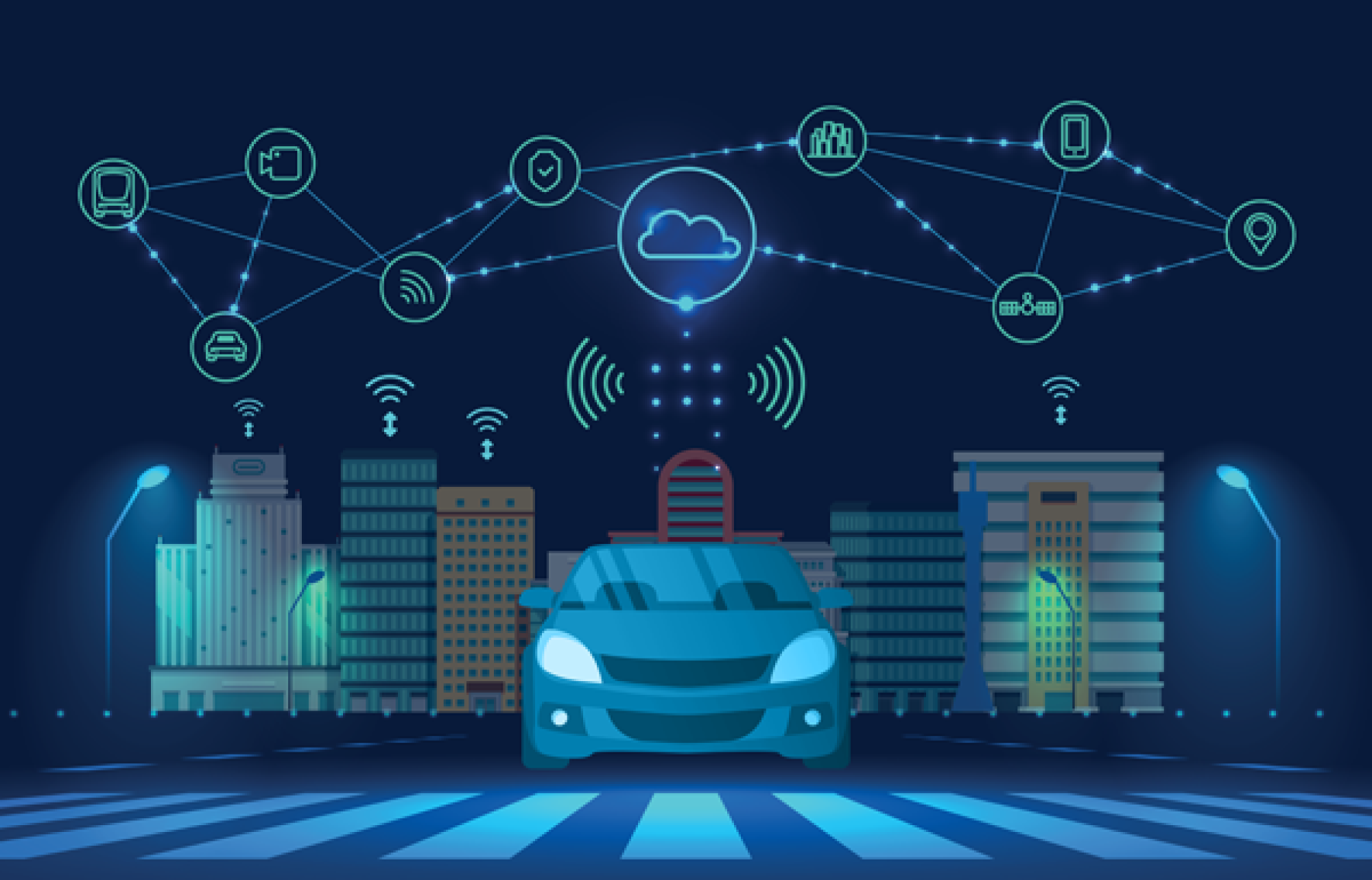
Telematics transformations
Fleet data has the power to transform business performance. In our latest blog we look at some of the key areas – both new and old – where telematics can help unlock efficiency savings, improve operations and boost customer service.
The emergence of the Internet of Things (IoT), big data, mobile and cloud technologies have driven significant changes within the telematics industry in recent years.
With the advent of smart mobility and continuing developments in connectivity, not to mention artificial intelligence (AI), it would seem unlikely that this evolution will slow down anytime soon.
The case for telematics technology has consequently become ever more compelling. Here we look at some of the key areas that telematics systems can raise the performance bar for your fleet.
On the road to mobility management
A more flexible and cost-effective approach to business transport and fleet decision-making is emerging.
Mobility management is opening the door to utilising different modes of transport to optimise time, cost and environment savings.
A bicycle or public transport, for example, might present a more efficient way for completing localised jobs within built-up, congested areas.
Telematics solutions can help to make is easier for companies to incorporate mobility management into their fleet operations and determine what the right approach is for them.
Vehicle mileage, usage and CO2 data, for example, can be used by mobility managers alongside other data streams, such as fuel and maintenance costs, to help them make more cost-effective and sustainable journey decisions. Furthermore, this data can help employees to better allocate their ‘mobility budgets’ – whether on their company car, a car-sharing scheme, public transport or even an electric bike.
A new connected world for improved workflow
Telematics solutions – particularly those that are able to integrate seamlessly with other business technology systems, such as route planning software – will help save time and money by digitising business workflow.
Core functionality that has provided visibility over the mobile workforce with accurate management information, and that has streamlined the job dispatch process, has been longstanding. But the advent of the world of connectivity has extended the possibilities for paperless, automated end-to-end processes.
The bar has been raised, with dynamic operations seeing customers being kept up to date with automatic email or text notifications that make them aware of ETAs and any changes to schedules as they happen.
Integrated mobile apps can process orders or provide proof of delivery in the field. Information from the customer can also be relayed directly into ERP, CRM or accounting software suites.
Curbing fuel spend and carbon emissions
We may be en route to an electric future for UK fleets, but uptake has been slow. In the meantime, as we transition, exercising control over some the key elements that can impact fleet fuel spend, such as fleet mileage and driving style, remains vital to direct to bottom line savings.
Telematics solutions have long had a vital role to play in this respect. Smart routing that draws upon historic road-use data, for example, can help fleet drivers to avoid wasted mileage and can help navigate them around traffic congestion to reduce journey times.
What’s more, advanced telematics functionality can also equip fleet managers and mobile workers with driver behavior data, such as rapid acceleration, harsh braking and speeding, in real time. If acted upon effectively, a sustainable approach to influencing driving styles can be realised and fuel economy significantly improved as a result.
Bottom line fuel consumption savings will at the same time see fleets reducing their CO2 footprint.
Data insights for improved risk management
Using telematics performance data to make positive, lasting change can also help fleet operators to achieve greater control of road risk management – enabling them to identify where road safety is being compromised.
The risks posed by either individual drivers or an entire fleet can be profiled, benchmark KPIs can be set and improvements tracked over time. In some cases, effective risk management programmes can even help companies realise significant fleet insurance savings.
Gamification may be regarded as buzzword by some – but opportunities to incentive driver improvements by tapping into employees’ competitive spirit should not be ignored. Performance league tables, for example, can act as a powerful motivational tool.
Where telematics systems are integrated with on-board cameras, additional information can be fed into the mix that details how and why incidents have occurred.
Elsewhere vehicle diagnostic information, relayed via a telematics platform, can help in providing early warnings when mechanical issues that might compromise safety are developing.
Keeping a lid on vehicle down time
The disruptive effect of vehicle off-road (VOR) time for fleets can be felt in a drop off in both business productivity and service delivery.
Telematics can help keep vehicles on the road. Systems, for example, can help schedule maintenance intervals based on either calendar dates or odometer readers.
Integrated apps can help to simplify and automate driver vehicle checks while engine fault codes can be relayed via a telematics system to the fleet departments, helping warn when problems are developing so they can be quickly fixed before they become more serious issues.
In some cases, connected telematics applications can now even assist with the automatic dispatch of recovery vehicles.
Telematics systems will continue to evolve, continue to drive digitisation and continue to disrupt traditional processes. For more information about how telematics might be able to help your business, please call Jayne Pett on 0844 567 8000; email jayne.pett@fleetoperations.co.uk
